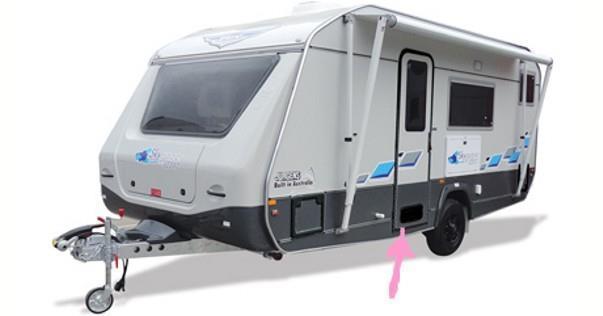condor22
Mike
This is a common fitting on the end of the supply hose that screws into a LPG gas bottle.

The thread is parallel, not tapered, and should screw into a bottle without resistance. The rubber seal on the end is what seals and should be inspected for damage and if perished, every time you disconnect to refill or replace a bottle.
One of the reasons I prefer to fill my own bottles rather than "swap n go" is that I know the history of how every time 'I' unscrew and replace. I don't cross thread or over tighten and I check the sealing face for dirt and damage where it fits to the bottle. I'm not sure that happens on 'swap n go' bottles or what condition they are in.
The nut should only ever be tightened finger tight, the 40mm (or there about) ring on the fitting is designed to allow enough torque to tighten the seal without damaging it.
I've seen some use multi grips - wrong.........
The 'ring' I mentioned


The thread is parallel, not tapered, and should screw into a bottle without resistance. The rubber seal on the end is what seals and should be inspected for damage and if perished, every time you disconnect to refill or replace a bottle.
One of the reasons I prefer to fill my own bottles rather than "swap n go" is that I know the history of how every time 'I' unscrew and replace. I don't cross thread or over tighten and I check the sealing face for dirt and damage where it fits to the bottle. I'm not sure that happens on 'swap n go' bottles or what condition they are in.
The nut should only ever be tightened finger tight, the 40mm (or there about) ring on the fitting is designed to allow enough torque to tighten the seal without damaging it.
I've seen some use multi grips - wrong.........
The 'ring' I mentioned








